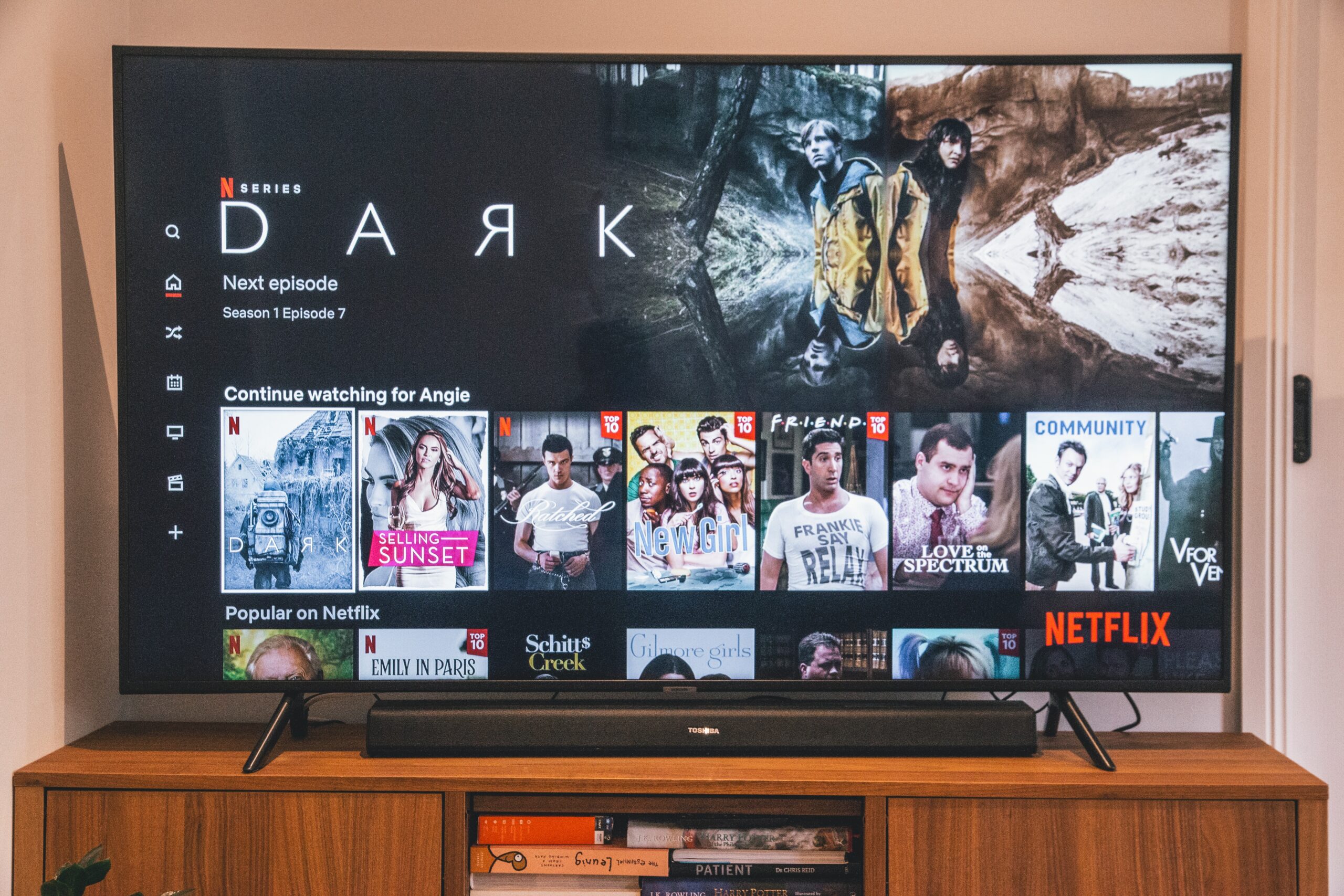Address
304 North Cardinal St.
Dorchester Center, MA 02124
Work Hours
Monday to Friday: 7AM - 7PM
Weekend: 10AM - 5PM
Address
304 North Cardinal St.
Dorchester Center, MA 02124
Work Hours
Monday to Friday: 7AM - 7PM
Weekend: 10AM - 5PM

Most of us have heard about OTT in recent years, but very few of us understand what it is and how it works. Today, we’ll try to shed some light on the OTT market, and we’ll look at some of the recent trends in the OTT industry.
Over the Top is referred to as OTT. OTT applications allow you to watch video without a cable box. This eliminates your reliance on cable providers, geographical limitations, time foundations, and so on. You may now view your favourite material on the internet whenever you want, and it is even free with certain OTT apps. Netflix, Amazon Prime Video, and Disney+ are examples of popular OTT services.
In recent years, OTT streaming has grown in popularity, with a rising number of people preferring to watch their favourite TV series, movies, and other content over the internet rather than traditional cable TV.
Now, let’s look at some of the most recent features and developments in the OTT industry:
Broadened Distribution Models: The OTT streaming industry has diversified in recent years to encompass content distribution strategies such as Free Ad-Supported Streaming TV and Premium Video on Demand. Since 2006, SVOD has been rising, although that growth is slowing. As a result, leading SVOD providers, such as Netflix, are experimenting with new content and monetization models.
Free Ad-Supported Streaming TV: Traditional TV providers have made investments in the OTT sector via FAST platforms, which are gaining popularity. Comcast, for example, owns Peacock, while CBS owns PlutoTV. Peacock, Roku, and PlutoTV are among the most popular FAST platforms.
Several Platforms: Super-aggregators provide their audience with access to multiple streaming providers via their platform. This is part of our ambition to become the leading source of streaming video content. Amazon Prime Channels, for example, allows subscribers to subscribe to premium streaming channels such as Paramount+, AMC+, the Smithsonian Channel, and others from within the Amazon Prime Video interface.
Localized Content: OTT platforms have broadened their content offerings to deliver local content to viewers throughout the globe. Local news and weather may now be streamed to audiences based on their location. In 2023, large streaming platforms are projected to continue their efforts to localise content throughout the world.
Advertising Expansion: As the number of streaming channels and online viewers grows, OTT video commercials are supplanting traditional television advertising. To compete in today’s market, firms must spend in OTT advertising to reach customers. Hulu (an OTT business behemoth) claimed 45.3 million paying customers in the first quarter of 2023, a 39.4% rise from the first quarter of 2021. Furthermore, according to a recent Hoot suite survey, 92% of internet consumers view video material online on a weekly basis.
CTV Growth: CTV stands for linked television. As individuals who work from home, we are continuously pressed to use the laptop or mobile device for tasks. In such cases, having access to video material on another handy platform would be ideal. As a result of OTT technology, Smart TVs began to generate significant money in this market. According to one online source, “the Asia-Pacific area will expand OTT TV and movie income by 90% to $54 billion by 2026.” While conventional TV watching habits were excellent, the adoption of OTT technologies made unique programming much more accessible.
User Experience Is Priority: Today, there are several OTT platform providers to choose from. Each of them has something special to give. While one platform may provide unique content, another may offer more affordable membership options. To put it another way, there are several OTT platforms from which viewers may pick. This is one of the reasons why the user experience notion emerged. In basic words, user experience refers to making the OTT platform accessible to users. Users would favour the finest online video platforms that make watching material easy for them, from the navigation procedure to suggestions. As a result, while developing your own OTT platform, user experience has become a critical feature and criterion.
Original & Interactive Material: The volume and quality of original content produced by OTT providers is a major distinction. Netflix, Amazon Prime Video, and Hulu have all made significant investments in generating exclusive programming for their platforms. Users can engage with a tale and influence its outcome. Netflix, for example, has produced a number of interactive episodes and films, such as “Black Mirror: Bandersnatch” and “Unbreakable Kimmy Schmidt: Kimmy vs. the Reverend.”
Conclusion – Based on the qualities and trends outlined above, we are certain that this platform has a promising future. With the pandemic in place, the surge in OTT increased by a factor of two. This suggests that OTT streaming is the best option in the event of a problem. OTT services provide customers with more and more options to access and enjoy their favourite content, whether through original content, streaming bundles, interactive experiences, or multi-device streaming.